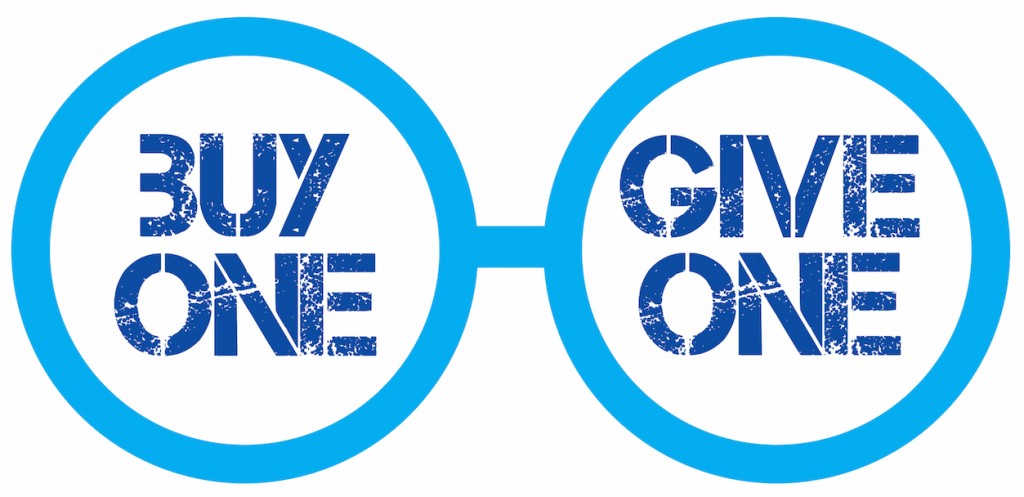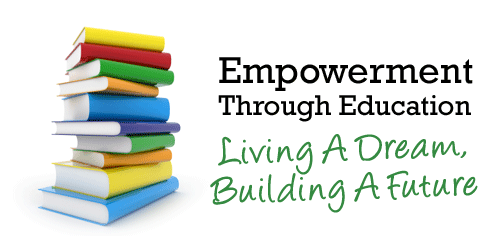Nowadays, the ‘one-for-one’ business model has become increasingly popular among businesses. More and more businesses start to realize the concerns and issues in our society, and t herefore, the ‘one for one’ business model was created to support the impoverished people. Starting with Toms Shoes, this entrepreneurial strategy to end poverty has been implemented in many business. However, just like everything is not perfect, this business model also has its pros and cons. I am opposed to the ‘one-to-one’ business model because it does not always work– and when it doesn’t, it harms the needy people to a further extent.
herefore, the ‘one for one’ business model was created to support the impoverished people. Starting with Toms Shoes, this entrepreneurial strategy to end poverty has been implemented in many business. However, just like everything is not perfect, this business model also has its pros and cons. I am opposed to the ‘one-to-one’ business model because it does not always work– and when it doesn’t, it harms the needy people to a further extent.
The ‘one-for-one’ business model attracts consumers by building connections between the donors and the recipients, so that people are willing to pay because they know that they might be saving other people’s lives at the same time. Nevertheless, when free goods are delivered to people, those underprivileged people who needed to purchase that item lose their incentive to buy. Therefore, this drives the manufactures in the poor regions out of the business, and causes an increasing number of unemployment to arise.
 Businesses should not just follow what others are doing blindly. By giving out free goods such as shoes, soap and many others, they are only putting a ‘band-aid’ on the poverty. This does not solve the core of the problem. Instead, I recommend businesses to use the money on medical care and/or provide education those poor people, which gives them the ability to work and earn money. Holistically, this is much more beneficial compared to simply donating goods.
Businesses should not just follow what others are doing blindly. By giving out free goods such as shoes, soap and many others, they are only putting a ‘band-aid’ on the poverty. This does not solve the core of the problem. Instead, I recommend businesses to use the money on medical care and/or provide education those poor people, which gives them the ability to work and earn money. Holistically, this is much more beneficial compared to simply donating goods.
Reference:
https://hbr.org/2015/10/how-social-entrepreneurs-make-change-happen